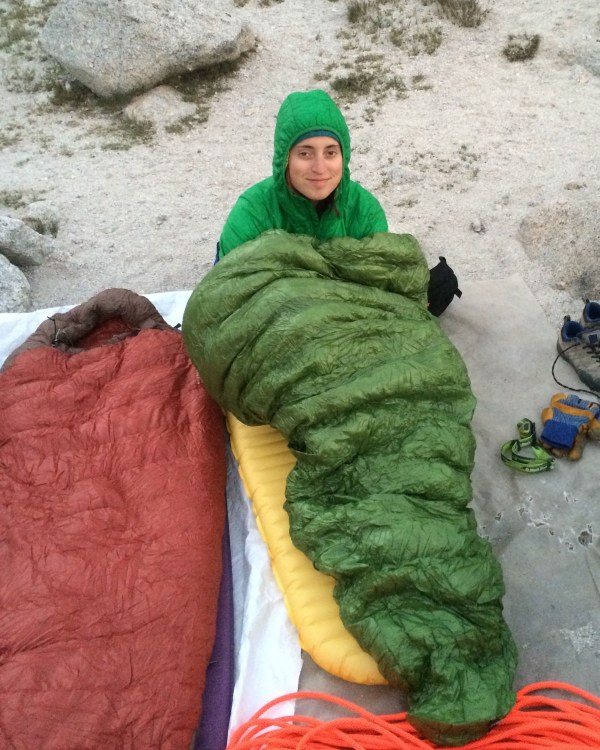There’s nothing worse than waking up in the middle of the night shivering.
Night should be your time to rest and recharge for the next day of adventures, but if you’re cold, there’s just no way you can get the rest you need. If you tend to have trouble sleeping warm on backcountry trips, are some tips to help you stay cozy at night:
1. Go to bed with a hot water bottle.
A hot water bottle in your sleeping bag can stay warm for hours and help you sleep soundly when it’s well below freezing in your tent. Fill up your hard plastic bottle with hot water and go to bed with it between your legs so it hits your femoral artery. If the bottle is too hot to the touch at first, wrap one of your layers around it and then place it between your legs.
2. Eat food.
If you’re camping in an area where bears or other wildlife aren’t an issue, keep a few snacks inside your tent, and if you wake up cold, eat a candy bar to get your metabolism going.
3. If you wake up cold, pee.
When your bladder is full, your body is expending energy keeping that liquid warm. If you empty it out, your body needs to expend a little less energy to stay warm. It also helps you go back to sleep because the thought of needing to pee won’t distract you from some much-needed rest. If it’s too cold to get outside your tent to pee, use a collapsible pee bottle. Women can also use a pee funnel to pee into the pee bottle. Check out Girl Talk: Peeing in the Backcountry for more tips.
4. Get an extra-warm sleeping bag and if you’re a woman, get a women’s bag.
If you’re someone who runs cold, you may need to spend the cash to get an extra-warm bag. Most sleeping bag temperature ratings are based on the temperature at which the bag will keep you functioning, but not necessarily comfortable. So if you run cold and are expecting a 15-degree night, consider a 0-degree bag.

Photo by Caitlin Brown
If you’re a woman, there are a lot of benefits to having a women-specific sleeping bag. Extra insulation has been added to the feet and upper body, and they are fitted to a woman’s contours so there are fewer air pockets in the bag that you have to heat up. If you’re tall you’re in luck, as most women’s bags these days come in regular and long.
5. Stuff extra gear under your sleeping pad.
Sometimes sleeping warm is just a matter of getting more of a buffer between you and the ground. Consider bringing two sleeping pads—one foam and one inflatable—and put the foam one on the bottom and the inflatable between the foam and your sleeping bag (this is my go-to system when I guide trips on Denali’s West Buttress). You can also place other flattish pieces of gear between your sleeping pad and the ground. I’ll often flake out my climbing rope, then put the rope under one half of my sleeping pad and my backpack under the other half.
